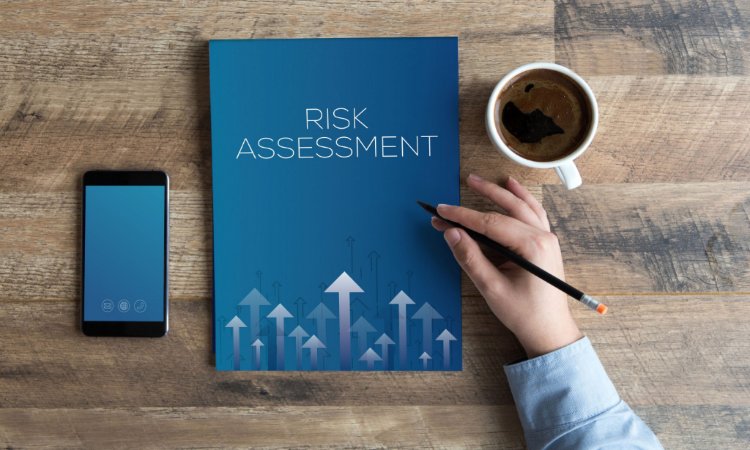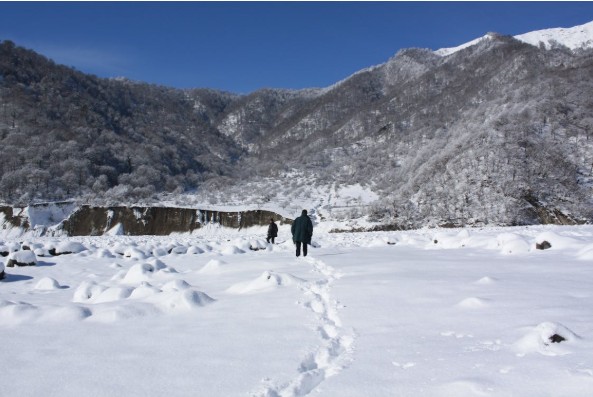Let’s be honest. Big decisions in companies sometimes feel like throw-the-dice moments. Pressure, uncertainty, and a lot at stake. Therefore, businesses are increasingly turning towards Risk Assessment tools that actually forecast what could go wrong, before it does. Predictive risk assessment is slowly changing how companies perceive, plan, and act.
I remember having a conversation with a friend who runs a medium-sized logistics company. He used to make decisions based on experience and gut feeling. After a delivery failure became quite costly during the monsoon season, he decided it was time to get serious. He went for predictive tools, and the system ended up warning them about flood zones they never even considered. That one change saved an enormous amount of money for his company and kept a long-term client satisfied.
Seeing Around Corners
A predictive risk assessment is a map of the future. It tries to guess what might go wrong with past data, machine learning, and pattern. For example, it is like checking the weather before going for a picnic. Well, you can always risk it, but would you not rather know that the chances of rain are 90 percent?
In a corporate world, it is catching troubles before they become huge. For instance, the company can use data to know which suppliers are likely to delay shipments. Or it finds customer behavioral changes and acts swift in order to avoid losses.
Confidence In Every Step
Leaders feel assured when they are aware of risks. Decision making becomes faster and more intelligent when instead of guesses they have charts and predictions placed before them. It is not about having a completely risk-free choice. It is about seeing and planning the risks.
Companies that I have worked with show a unique behavior of nervousness in their expansion planning based on some risks early on but they suddenly go for it boldly having seen the risk reports; it is similar to turning on the headlights of a car at night. The path is still there but much clearer now.
Human Touch Still Matters
While putting in so much work are machines and data, people are still the most important players in the picture. Numbers mean nothing until there are those who make sense of them and act accordingly. Experienced team members experience the best results when they blend data insights with real-world knowledge.
One business owner said, “The system showed us the risk of a supplier, but my internal guidance told me to give them one more shot. I spoke with them directly, and we worked out a way forward.” A perfect mix of data and heart-the kind that breathes life into predictive tools.
Conclusion
Predictive risk assessment: it’s no longer trending. It is a safer and smarter way in which companies make their important choices. It helps prevent losses, protects jobs, and builds trust with customers. And honestly, it just feels good to make decisions you can stand by.
So, if you’re leading a team, managing a business, or just want to feel more in control of your choices, give predictive tools a try. Because when you combine human wisdom with smart technology, the possibilities are pretty exciting.



